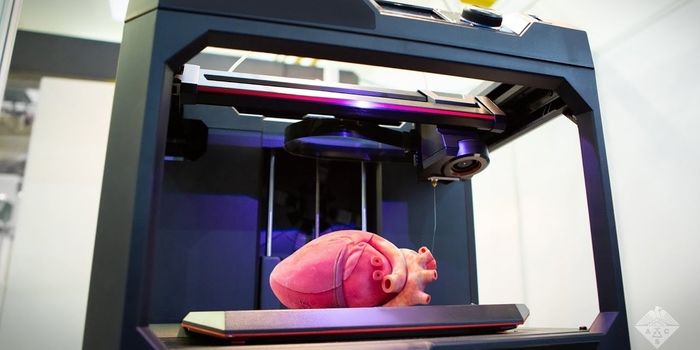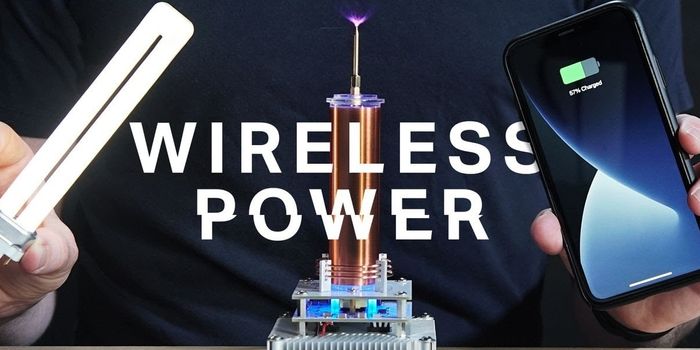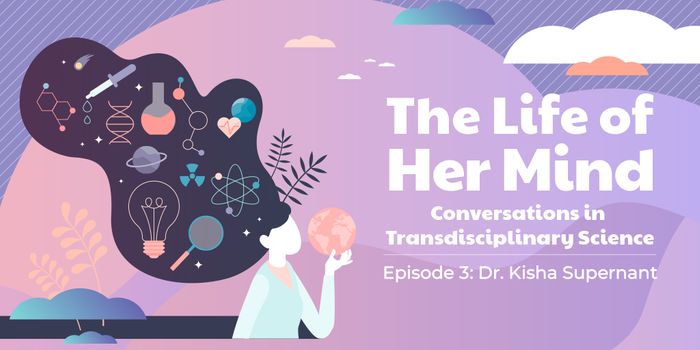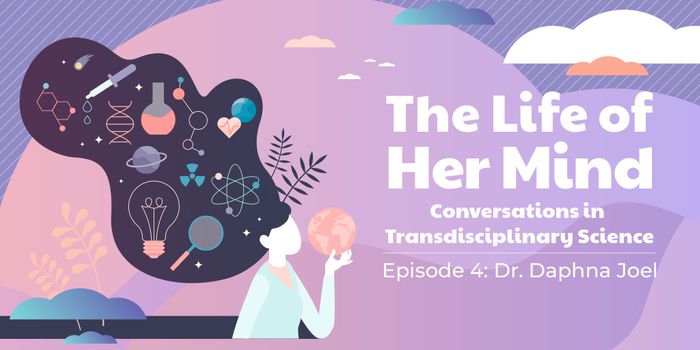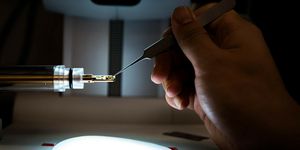A combination of cells grown in culture and 3D printing enabled scientists in China to engineer new ears for five children suffering from an ear disorder called microtia. The disease affects the function and shape of one ear of each patient. Their healthy ears served as templates for the printing, and the cartilage grown in culture to complete the new ear was harvested from the patients.
Ear reconstruction was performed, and after following up with the kids for two and a half years, the researchers reported their success. They caution that follow-up will be needed to improve the technique, and that future studies should follow patients for at least five years.
Similar research in the United States has tried a different approach that does not require harvesting cells from patients and stimulating them to divide. Researchers have some concern about unintended outcomes from such artificial stimulation. The ultimate fate of the materials used in the 3D printing after they are inserted into the body is also not yet known, and will be important to consider, noted scientists.

